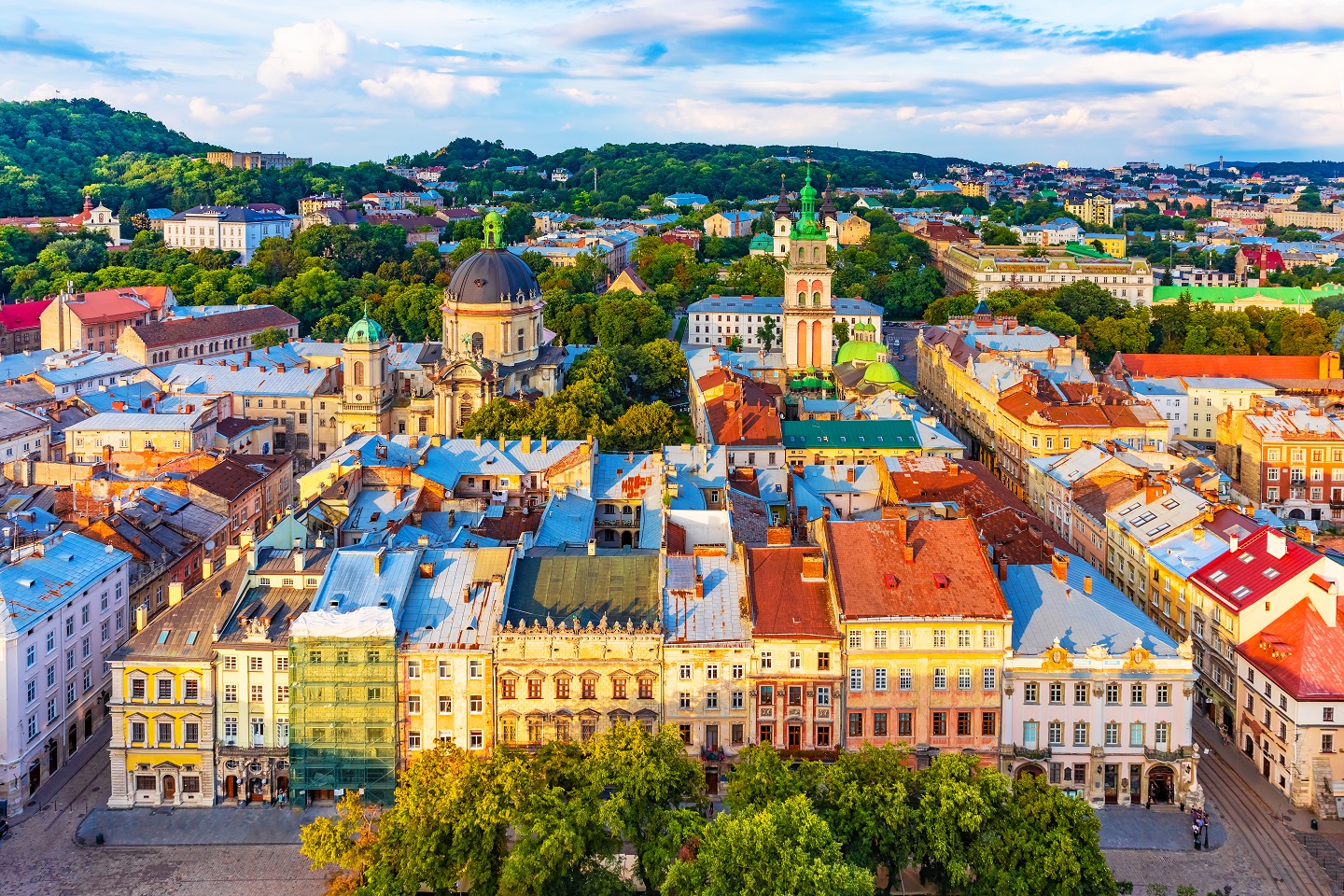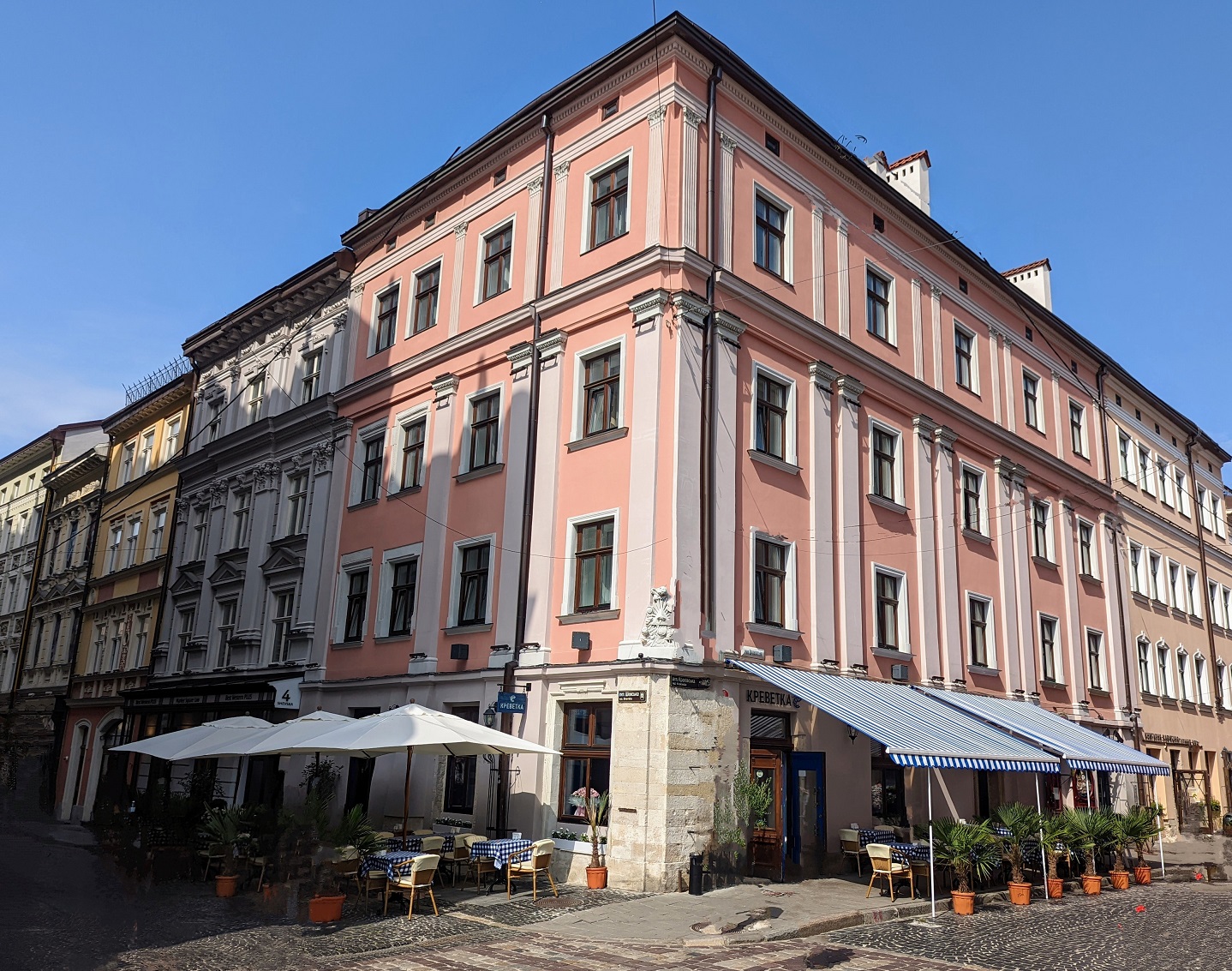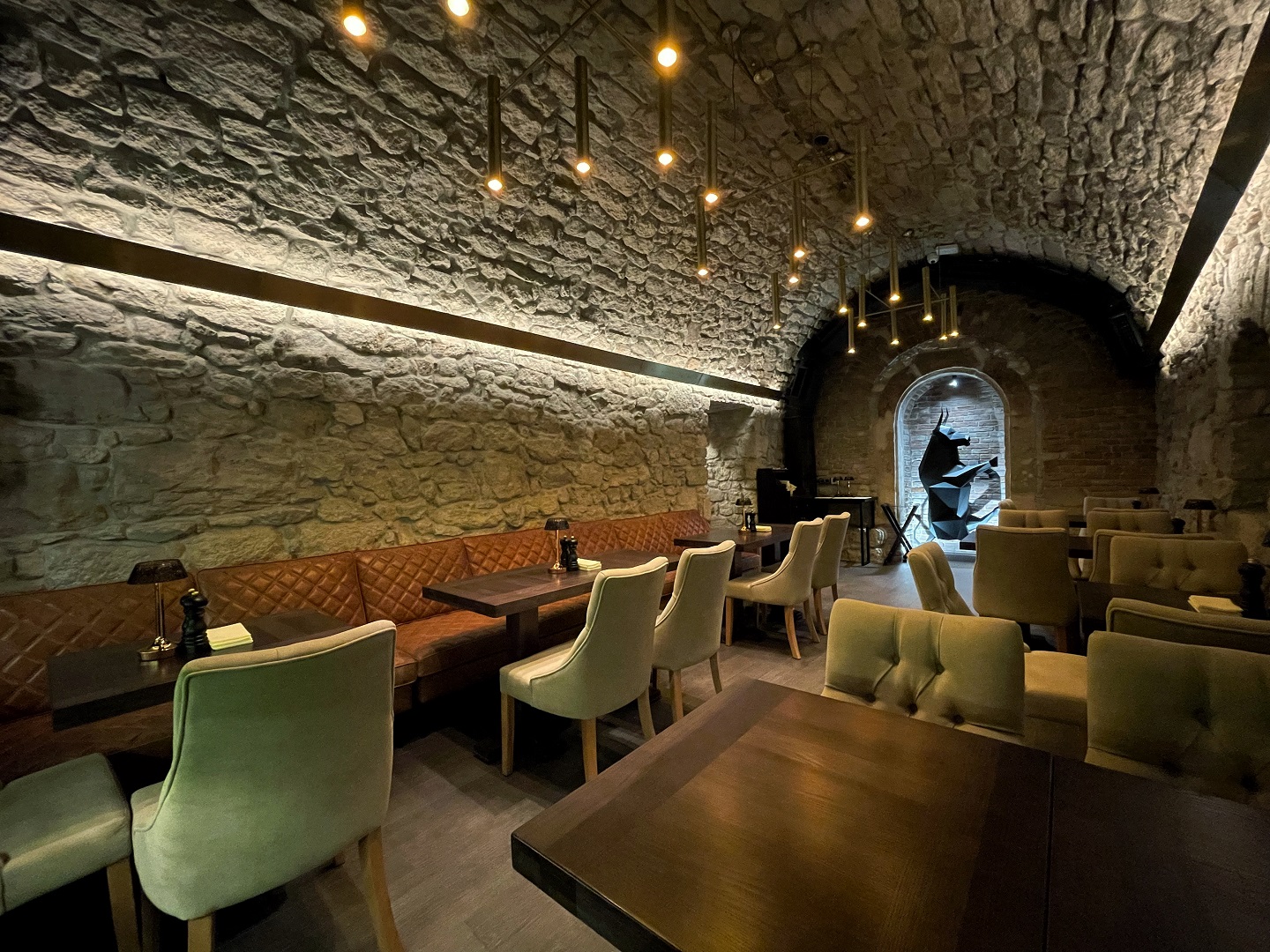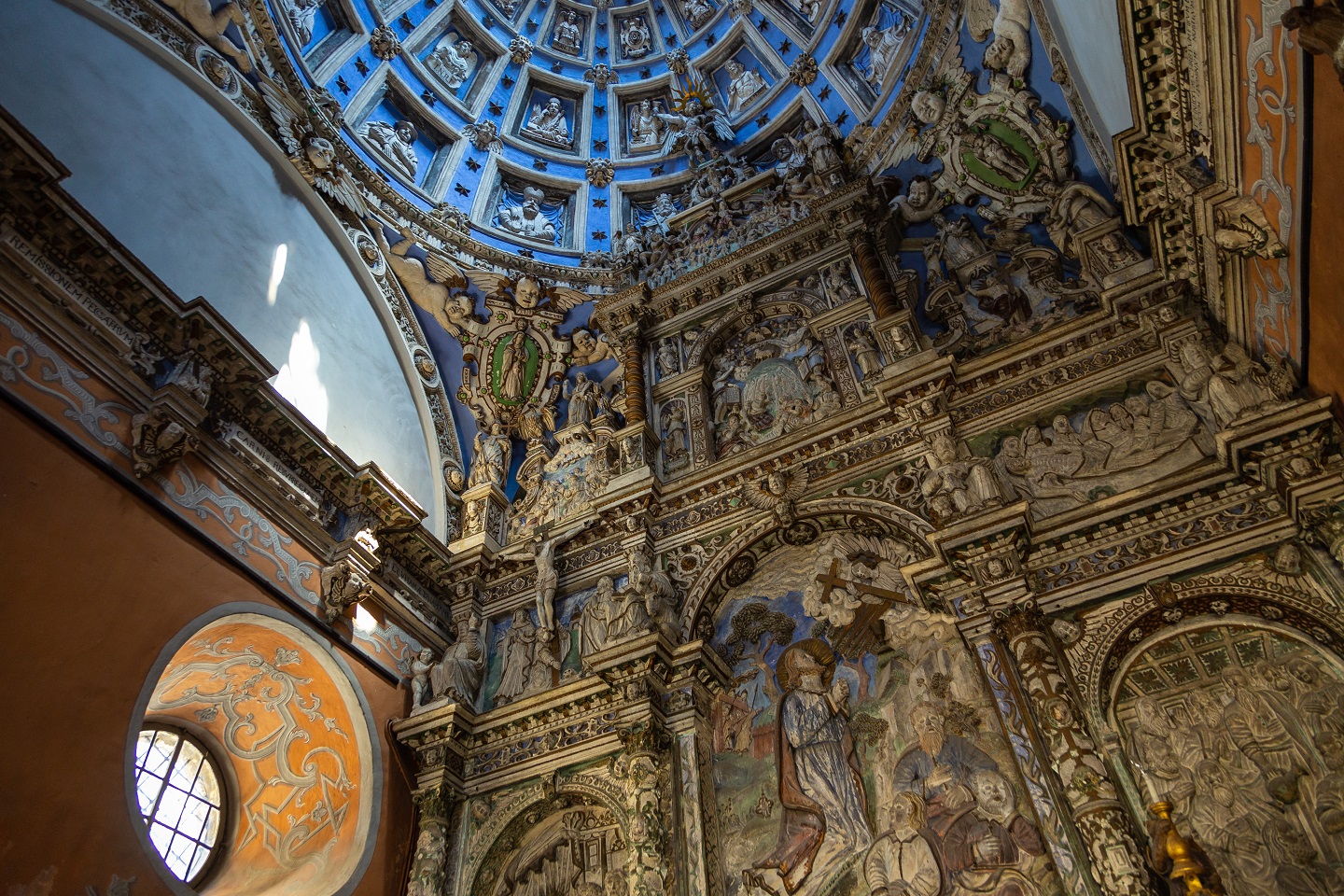History
The Best Western Plus Market Square Lviv hotel, as well as the entire Old City, is characterized by dense historical buildings, in particular preserved buildings dated to the 15th-19th centuries. The main feature of our hotel is its location within the scope of 4 historical buildings, which are architectural monuments, and are included in the list of UNESCO World Heritage Sites.
In particular, the main building of the hotel (No. 4 on Shevska St.) is an 18th-century landmark, known as the Györgyvska Stone House, which is one of the most valuable monuments of the city's historical and cultural heritage. The name of the building is associated with one of its historical owners – György (Georgy, Jerzy) Boim – Lviv burgomaster and secretary of King Stefan Batory at the end of the 16th century.
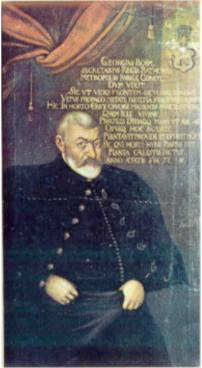
György Boim
The Boims are a noble Hungarian family whose representatives became famous in the history of Lviv and Europe. In 1576, György Boim first appeared in Lviv as a courtier of the Polish king Stefan Batory, and after his coronation he became the ruler's confidant and secretary. György made a good career under the new monarch, but after a few years he left the service under the king and settled in Lviv. Very soon, György Boim became one of the city's wealthiest residents. He was a merchant and traded in wine and cloth, and was also engaged in usury. Having become one of the «first families» of Lviv in a few years, he was elected a magistrate several times, and even became a burgomaster. György Boim left Lviv another unique relic – the Boim Chapel, built in 1610 as a burial place for the family.

Pavlo-Yuriy Boim
Pavlo-Yuriy Boim – only son of the founder of the family - made a career as a scientist, was a doctor of philosophy and medicine, and also a court physician of Sigismund III Vaza. He received his primary education at home, and then studied at the University of Padua, where he obtained the degree of Doctor of Philosophy and became a lawyer in the Department of Arts. He returned to Lviv already in 1613, where he soon became an adviser to the city magistrate, and later – a voyt (head of the court). Pavlo-Yuriy had nine children (three daughters and six sons), but the family continued only through the line of the penultimate son – Mykola Boim.
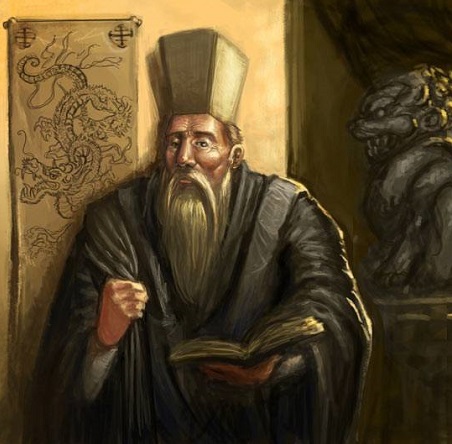
Michal Boim
Among the sons of Pavlo-Yuriy Boim, his second son Michal (Mykhailo) Boim became the most famous – a traveler, physician, botanist, geographer, diplomat and missionary. He repeated the path of Marco Polo, whom he had admired since childhood. Thanks to Michal, we measure the pulse of patients, and he actually became the first European to discover China for Europe. In the scientific language of his time, Michal Boim described the flora, fauna, customs of the Celestial Empire, gave an outline of its history and politics, effectively becoming the first European sinologist - a specialist in China. Not only that - he baptized the Chinese emperor, which is the only case in history. Michal's contributions to European geography, zoology and botany are undeniable: he was the first to accurately determine that Korea is a peninsula, the first to compile an atlas of the interior of China, and to mark the Great Wall of China on his maps. His most famous work is Flora Sinensis (Flora of China), published in Vienna in 1656. It was the first description of the ecosystem of the Far East in Europe. In another work by Boim - Specimen medicinae Sinicae (Medicinal Plants of China) – he, in addition to medicinal plants, described Chinese medicine, various methods of treatment and diagnosis, for example, acupuncture and pulse measurement.
You can familiarize yourself with Michal Boim's life path in more detail in the documentary film EX VOTO.
Unfortunately, the Boim family ended up in the fourth generation by the children of Mykola Boim – Michal's brother. None of Nicholas' three sons left offspring.
As for the Györgyvska Stone House itself (the main building of the Best Western Plus Market Square Lviv hotel), only the basement rooms (the so-called «cellars») have survived from the original building to the present day, which can be seen by visiting the Boim Restaurant. They give an idea of the peculiarities of the medieval layout of the house.
In the second half of the 18th century, the building was practically rebuilt, although it was based on the construction structures of its underground part.
The historical development of the Old Town influenced the fact that each «town house» of the hotel has its own configuration, ceiling height, layout of the premises, etc. At the same time, it was not possible to rebuild the buildings or change their layout, since the use of architectural monuments is carried out in accordance with the rules introduced by the cultural heritage protection authorities.
Therefore, all architectural and planning decisions were developed in such a way as to preserve the existing spatial composition of the «stone houses» (number of floors, walls, layout), leave untouched the authentic elements of decoration, in this case facades, wooden stairs, window and door openings, masonry brick vaults in the basement, etc.
Source of historical information about the Boim family:

